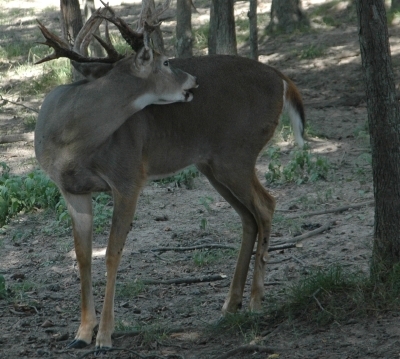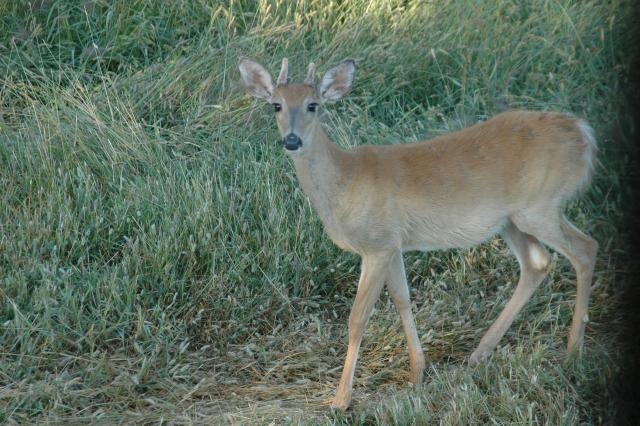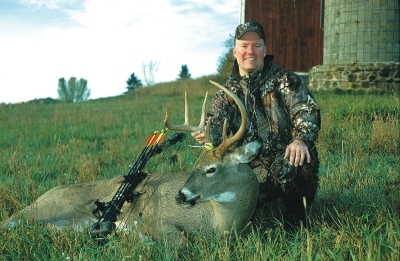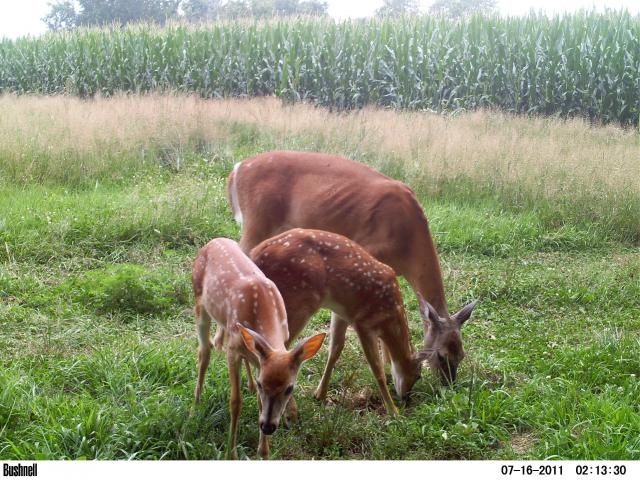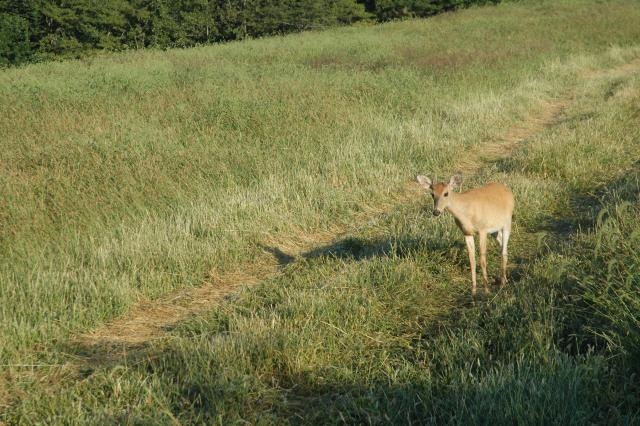
What a rain-soaked weekend. Despite the weather, I just had to sit in a tree stand yesterday evening. I guess I just needed that fix of autumn air … the dank aromas of the woods and the bone-chilling aftereffects of staying outside for a few hours. Saw and passed on one buck. Came home to Tracy’s hot venison stew and fresh corn muffins. No, it doesn’t get any better than that.
Question of the day comes from Tom Thompson: "I am seeing more and more spikes each year. Does this signal a genetic condition? Do these bucks need to be taken out? Will they ever grow up to be decent bucks?"
Thanks for the note, Tom. The short answers to your three questions: Not likely; no, and yes. Let me elaborate…
A preponderance of spikes in the herd usually signals something other genetics. Namely, it is often an indicator of poor habitat, high deer densities and/or a skewed buck-to-doe ratio. The best thing you can do is let these bucks walk and concentrate on improving the habitat. If your area has a high deer density (typically anything above 35 deer per square mile), then you should concentrate on doe hunting. We have run many article in Deer & Deer Hunting over the years that have documented cases where spike bucks eventually grew up to be record-class whitetails. Genetics is in the blood. For a buck, this does not manifest until the deer reaches maturity.
In other words, you won’t know what he will be until he’s 3 or 4 years old. For more on the wonders of antlers, check out this special bundle.


